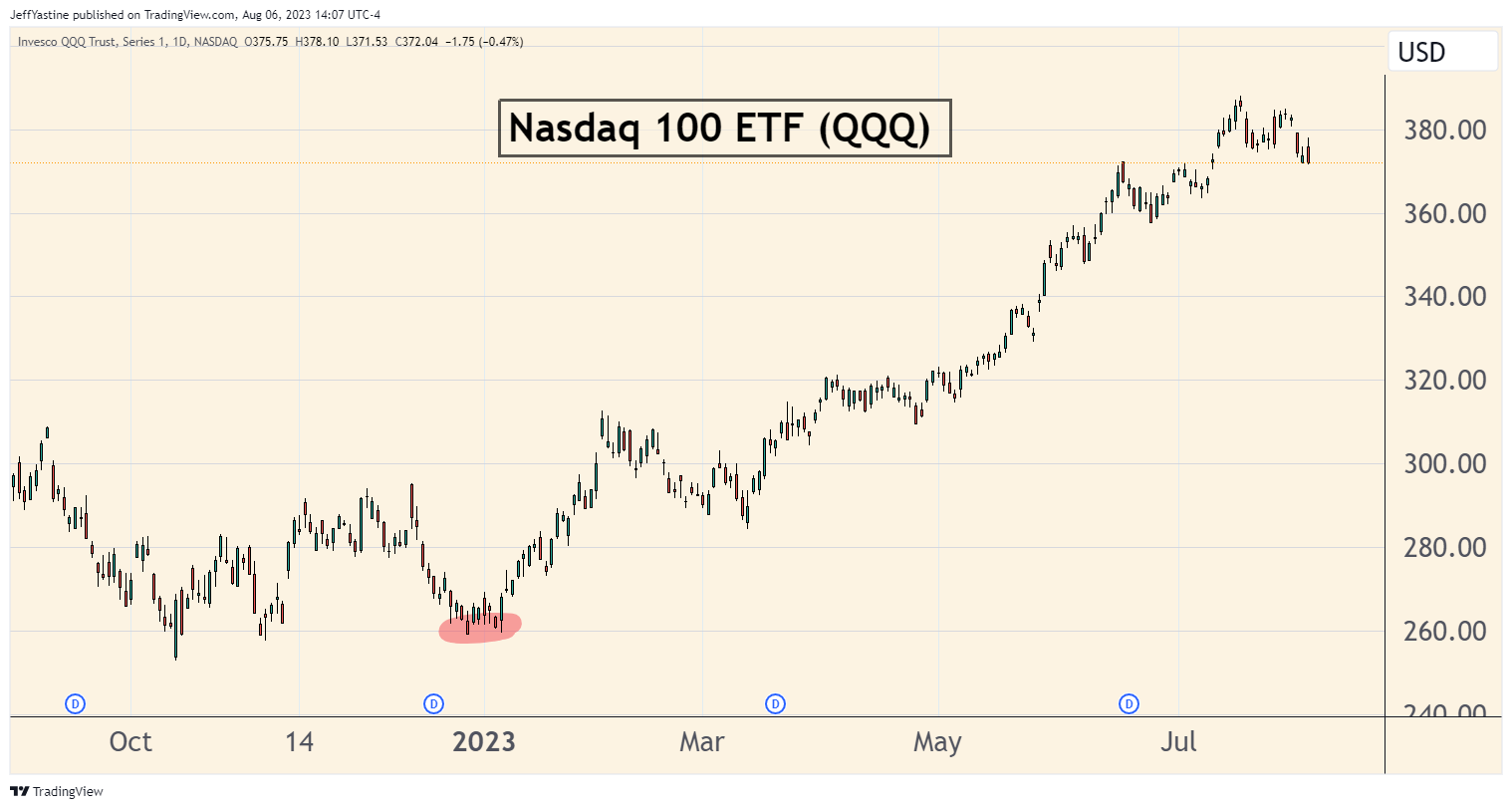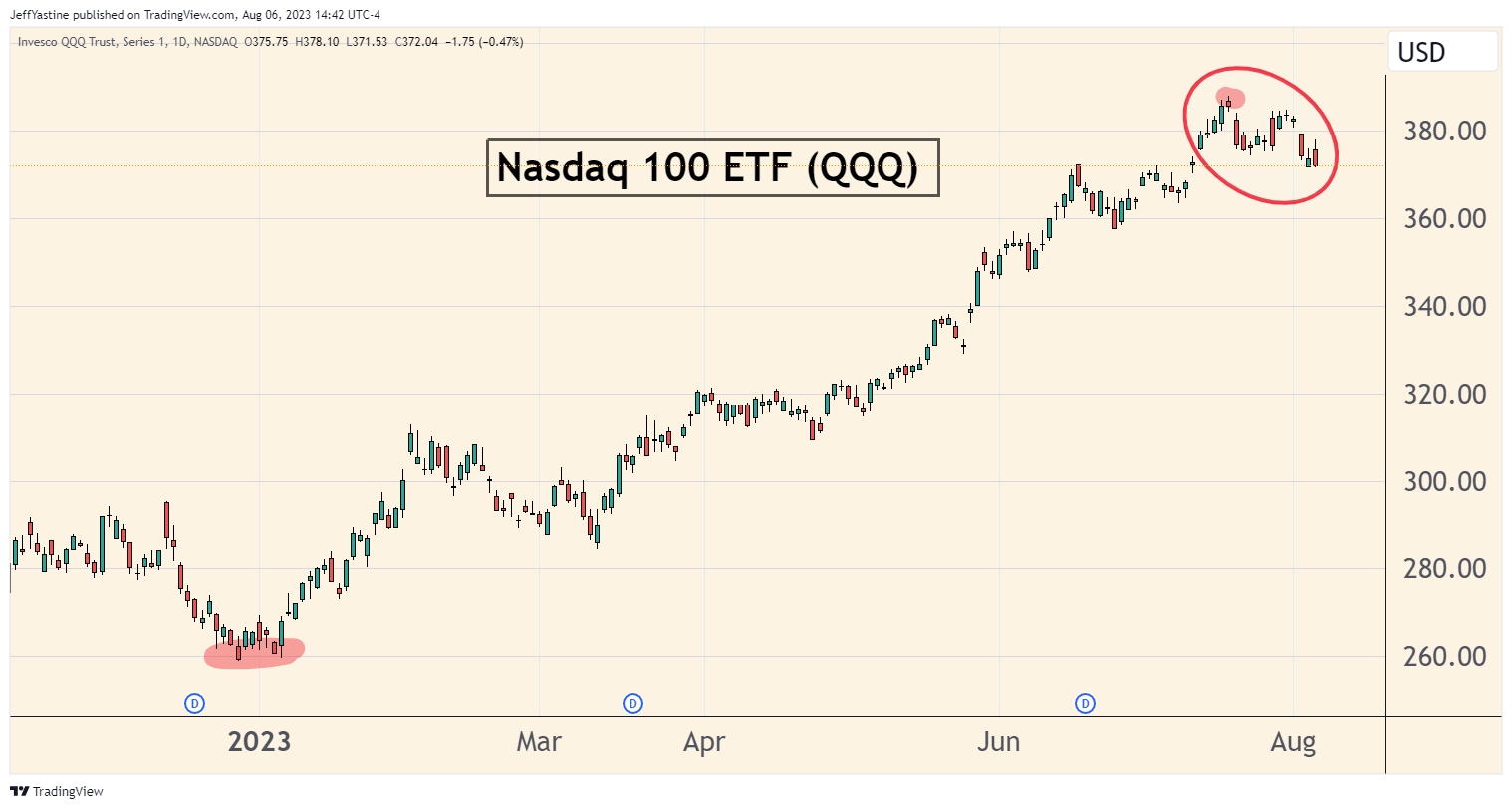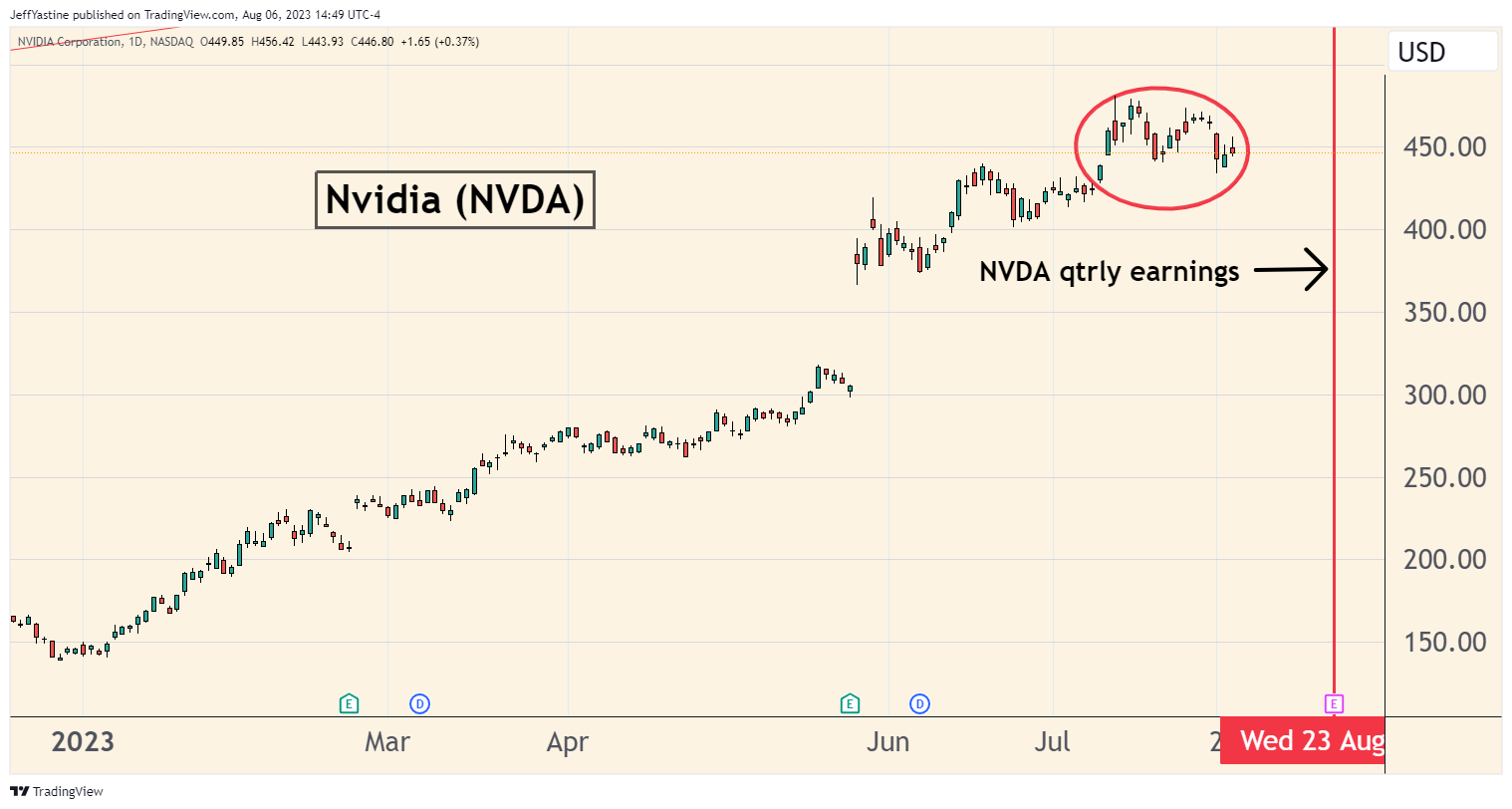Last Bear Throws in the Towel?

There's an old stock market saying that...
A market rally is living on borrowed time "when the last bear finally throws in the towel."
It's a contrarian sort of thing. Just like bull markets are born amid doubt and fear, the seeds of a new bear market (or steep market correction) are planted when greed and complacency reign supreme.
So, what better way to look for the ultimate in greed and complacency than when the last holdout - a popular, high-profile (and stubbornly bearish) market strategist - finally caves to the rising tide of bullish opinion?
From that perspective, the recent capitulation of Morgan Stanley's very bearish (and well-respected) market strategist Mike Wilson - might turn out to be very important indeed.
The Last Bear
Consider the cycle of emotion for investors - and for Wilson - in these headlines over the past 10 months.
October 2022: With the stock market down 36% for the year, Wilson was voted Wall Street's top strategist by institutional investors. He called the 2022 bear market before anyone else and was exactly on target:

January 2023: Wilson was calling for another 20% market decline:

But as that headline circulated across the internet, a funny thing started happening. The market stopped going down:

February 2023: Wilson warned that the market rally - led mostly by a handful of megacap tech stocks - was in the "death zone" but investors kept bidding the market higher anyway:

May, June 2023: Wilson was still sticking to his major bearish thesis, even as the megacap tech stocks helped the Nasdaq and S&P registered 20% gains and headlines about a "new bull market"::

July 25th & August 3rd: With the Nasdaq QQQ's up 46% year-to-date, Wilson finally issued a mea culpa and has begun to "warm" to the market rally!


And perhaps it's no surprise that just as a heavily bearish market strategist was finally converted into a hopeful bull...what happened to the stock market in the past few weeks?

That's right - it's begun to weaken.
Coincidence? Maybe. But then again, in my years as an investor and trader, it's kind of funny how often these coincidences tend to happen.
Market Roadmap
I view the recent weakness as a warning. But it's early in the process. I believe we still have another 6-8 weeks where the market may still try to work its way higher, and perhaps succeed, in anticipation of bullish-sounding events.
For example, the chipmaker Nvidia (NVDA) has been a very important leader of the "megacap rally" these past months.
The whole AI craze was set off when NVDA reported a huge earnings increase in late May - sending the stock 25% higher in a day. The recent Nasdaq weakness has barely dented Nvidia's high-flying stock chart:

We have to keep in mind that NVDA doesn't report its quarterly numbers until late this month. So it wouldn't surprise me to see bullish investors use the market selloff to buy more NVDA shares in anticipation of a bullish "blowout" report.
September Fed Meeting
Lastly, we also have to keep in mind that much of this months-long rally was driven by the idea that the Federal Reserve was probably very close to concluding its "rate hike cycle" that it set in motion in early 2022.
At this point, economists are betting that the next Fed meeting in September 19-20 may result in another "pause" in the hiking cycle. It's also quite possible the central bank could signal that - based on various inflation indicators - it's "done" with raising interest rates entirely.
With that in mind, let's remember that rallies and corrections happen in anticipation of future events.
So if we were looking for a point of maximum optimism - before the delayed effects of the Fed's rate hikes start to have a major impact on the US and global economy - the September meeting, and a declaration of the Fed having vanquished inflation...would be a good place to start.
After all, the last bear has already thrown in the towel and decided to become bullish.
Best of goodBUYs,
Jeff Yastine
Member discussion